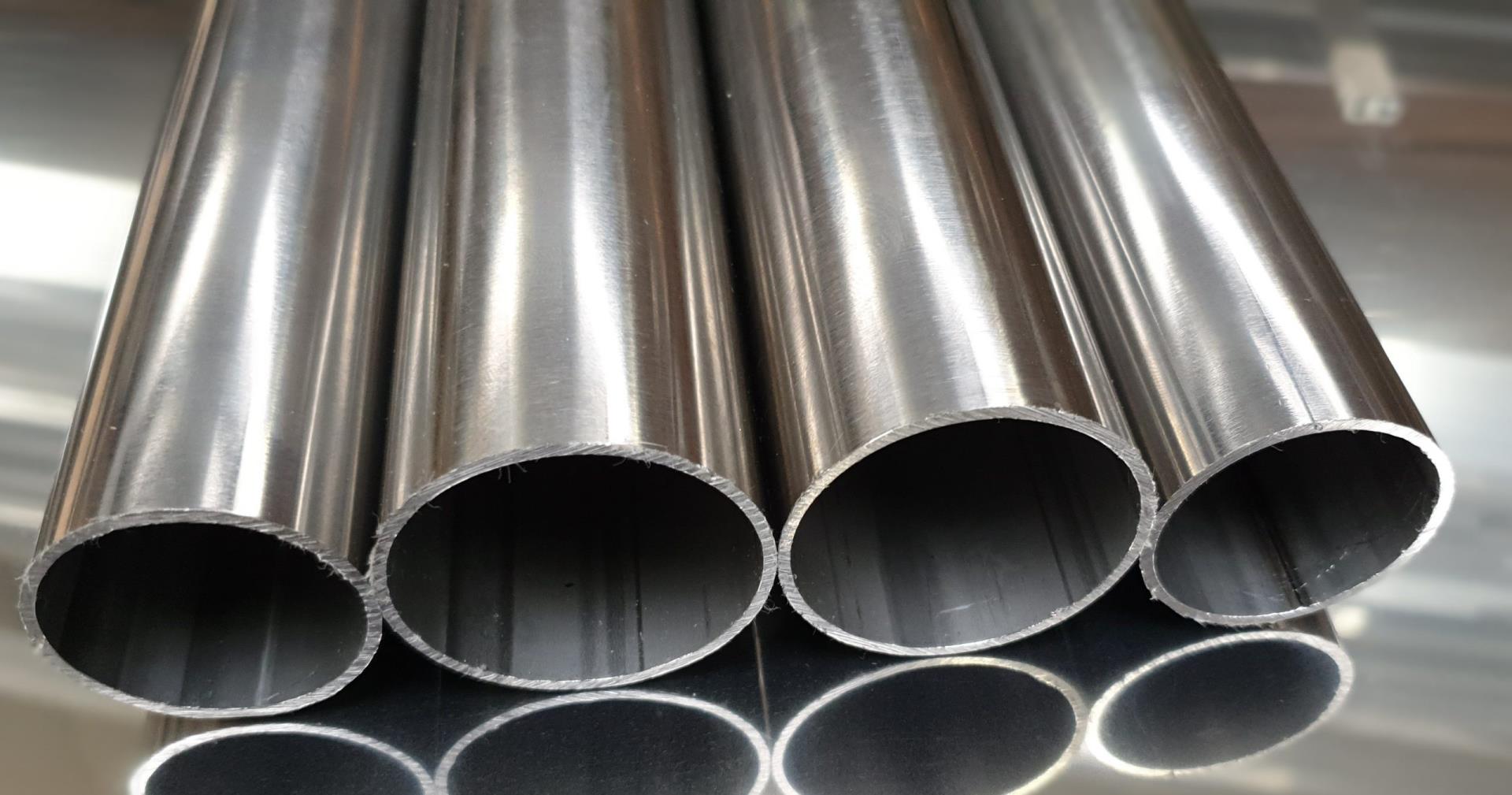
The Key to Choosing Stainless Steel Tubes
- Views:0
- Author:
- Publish Time:2025-10-16
- Origin:
When it comes to selecting stainless steel tubes for your projects, understanding the relationship between schedules, wall thickness, and burst pressure is essential. These factors play a critical role in ensuring the safety and effectiveness of your piping systems. Let’s break down these components and explore how they work together to help you make informed decisions.

The Basics: What Are Schedules, Wall Thickness, and Burst Pressure?
1. Schedules: Defining the Standard
What is Schedule? The schedule of a pipe refers to its wall thickness relative to its diameter. Common schedules include Schedule 40 and Schedule 80, with higher numbers indicating thicker walls.
Importance of Schedules: The schedule affects the pipe’s strength, flow capacity, and pressure rating, making it a crucial factor in your selection process.
2. Wall Thickness: A Critical Measurement
Understanding Wall Thickness: Wall thickness is the actual measurement of how thick the pipe walls are. It directly impacts the pipe's ability to withstand pressure and resist deformation.
Influence on Performance: Thicker walls generally provide greater strength and durability, making them ideal for high-pressure applications.
3. Burst Pressure: The Ultimate Test of Strength
What is Burst Pressure? Burst pressure is the maximum pressure a pipe can withstand before failing or bursting. It is influenced by the material, wall thickness, and overall design of the tube.
Safety Considerations: Knowing the burst pressure is vital for ensuring that your piping systems can handle the intended operational pressures without risk of failure.
The Interrelationship of Schedules, Wall Thickness, and Burst Pressure
1. How They Work Together
Calculating Burst Pressure: Burst pressure can be estimated using formulas that take into account the material properties, wall thickness, and schedule of the pipe. Understanding these relationships allows for safer and more effective design choices.
Choosing the Right Schedule: Selecting the appropriate schedule based on your specific application requirements ensures that you achieve the desired burst pressure and overall performance.
2. Practical Applications
High-Pressure Systems: For applications requiring high burst pressure, opting for a thicker-walled schedule is essential to ensure safety and reliability.
Fluid Transport: When transporting fluids, understanding the interaction between wall thickness and burst pressure can help prevent leaks and system failures.
Why Choose High-Quality Stainless Steel Tubes?
1. Enhanced Durability and Reliability
Long-Lasting Performance: High-quality stainless steel tubes are designed to withstand harsh conditions, offering excellent resistance to corrosion and wear.
Safety Assurance: Properly selected tubes based on schedule, wall thickness, and burst pressure enhance safety in critical applications.
2. Cost-Effectiveness
Reduced Maintenance Costs: Investing in durable stainless steel tubes means fewer replacements and lower long-term maintenance costs, improving your overall project efficiency.
Compliance with Standards: High-quality tubes often meet industry standards, ensuring your systems remain compliant and operational.
Make Informed Choices with Stainless Steel Tubes
Understanding the relationship between schedules, wall thickness, and burst pressure is key to selecting the right stainless steel tubes for your applications. By making informed choices, you can enhance safety, performance, and efficiency in your piping systems.
Explore Our Range of Premium Stainless Steel Tubes Today!















